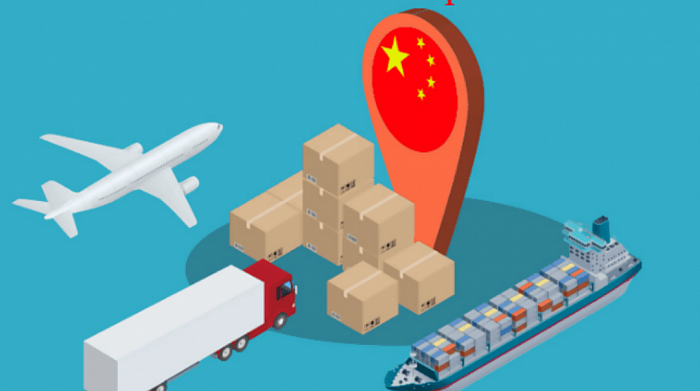How to Avoid Common Pitfalls in China Sourcing?
Sourcing products from China can offer businesses significant cost advantages and access to a wide variety of goods. However, China’s sourcing also comes with its share of risks. Many companies face problems simply because they overlook crucial steps. Knowing these pitfalls and how to avoid them can make a big difference in the success of your supply chain.
Conduct thorough supplier verification
Before entering any agreement, it is essential to verify your supplier carefully. Many issues in China sourcing arise because businesses fail to check whether their supplier is legitimate. Always ask for business licenses, certifications, and client references. It is wise to use third-party inspection services to validate your supplier’s credibility. Skipping this step can lead to poor product quality or even fraud.
Understand product quality expectations
Misunderstandings around product quality are a common cause of disputes. To avoid this, businesses should define clear specifications from the beginning. Detailed product drawings, material specifications, and quality standards must be shared. It is also important to approve pre-production samples before confirming mass orders. When done properly, China’s direct buying becomes much smoother and more reliable.
Communicate clearly and consistently
Language and cultural differences can easily lead to confusion, and relying on verbal agreements or brief emails often results in mistakes. To manage your China direct buying sourcing effectively, all communication should be clear, detailed, and documented. Use purchase orders with complete descriptions, terms, and expectations. Regular follow-ups and visual confirmations (such as pictures or videos) can also help ensure nothing is misunderstood.
Protect intellectual property rights
Intellectual property protection is a significant concern when dealing with overseas manufacturers. If you have a unique design or product idea, take steps to protect it before discussing it with suppliers. Register your trademarks or patents in China if needed. Always have suppliers sign Non-Disclosure Agreements (NDAs) and include intellectual property clauses in your contracts. Being proactive can prevent potential copying or misuse.
Plan for shipping and customs risks
Many businesses focus only on production and forget about the complexities of international shipping. Delays, extra costs, and customs issues can easily affect your timelines. It is critical to plan logistics carefully when engaging in direct Chinese buying. Work with experienced freight forwarders who understand China’s export regulations. Include a buffer for shipping time and be ready for unexpected challenges at customs.
Conclusion
Sourcing products from China offers great opportunities, but it demands careful planning and attention to detail. By verifying suppliers, setting clear product expectations, communicating consistently, protecting intellectual property, and preparing for shipping risks, businesses can avoid many common pitfalls. With the right strategy, China sourcing can be a highly successful and profitable part of your supply chain.













